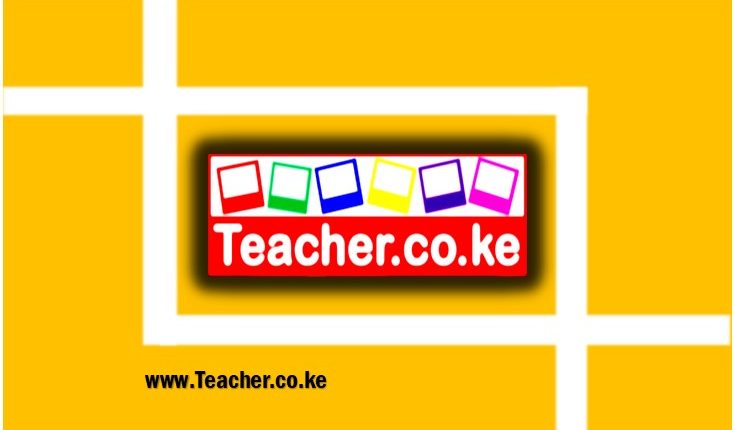Understanding Different Types of Learners and Their Learning Disorders
As educators, it is crucial to have a comprehensive understanding of the various types of learners and the learning disorders they may experience. By recognizing these differences, teachers can adopt inclusive and supportive approaches to accommodate diverse learning needs. This guide aims to provide insights into the different types of learners and their associated disorders, empowering teachers to create an inclusive learning environment for all students.
Dyslexia
Dyslexia is a common learning disorder that affects reading skills.
Students with dyslexia may face challenges in accurately recognizing words, letters, and symbols. Difficulties in spelling, writing, and comprehension may also be observed.
Teachers can support these students by implementing multisensory teaching methods, providing extra time for reading activities, and offering assistive technologies for reading and writing tasks.
Dyscalculia
Dyscalculia relates to difficulties in mathematics.
Students with dyscalculia may struggle with understanding numbers, performing basic math operations, measurement, and problem-solving involving numerical concepts.
To support these learners, teachers can incorporate visual aids, hands-on activities, and step-by-step instructions. Alternative methods for demonstrating math concepts and providing extra practice opportunities can also be beneficial.
Dysgraphia
Dysgraphia primarily affects writing skills.
Students with dysgraphia may experience challenges in forming letters or words, organizing thoughts on paper, and maintaining consistent handwriting.
Teachers can assist these learners by allowing the use of assistive technology, providing accommodations for writing tasks (e.g., allowing typed assignments), and focusing on content rather than solely on handwriting.
Dyspraxia
Dyspraxia, or Developmental Coordination Disorder (DCD), impacts motor skills and coordination.
Students with dyspraxia may encounter difficulties in tasks requiring fine motor skills, such as tying shoelaces, using cutlery, or participating in sports.
Educators can support these learners by implementing structured routines, breaking tasks into smaller steps, and providing additional support during physical activities.
Attention-Deficit/Hyperactivity Disorder (ADHD)
ADHD affects attention, impulse control, and hyperactivity.
Students with ADHD may find it challenging to concentrate, follow instructions, and complete tasks.
Teachers can create a structured and organized classroom environment, provide clear instructions, break tasks into manageable segments, and offer frequent opportunities for movement and breaks.
Auditory Processing Disorder (APD)
APD impacts the ability to process and interpret auditory information.
Students with APD may struggle with distinguishing sounds, understanding speech in noisy environments, and following verbal directions.
Teachers can enhance the learning experience for these students by using visual aids, repeating and clarifying instructions, providing written summaries, and minimizing background noise.
Visual Processing Disorder (VPD)
VPD involves difficulties in accurately interpreting visual information.
Students with VPD may encounter challenges in tasks such as reading maps, recognizing visual patterns, and understanding spatial relationships.
Educators can support these learners by utilizing visual aids, providing clear and organized visual materials, and incorporating hands-on activities to reinforce concepts.
Nonverbal Learning Disability (NVLD)
NVLD is characterized by difficulties with nonverbal cues, social interactions, and spatial awareness.
Students with NVLD may have challenges interpreting facial expressions, body language, and understanding social nuances.
Teachers can foster a supportive environment by explicitly teaching social skills, providing opportunities for structured peer interactions, and incorporating visual cues and clear instructions.
Language Processing Disorder (LPD)
LPD affects language-related skills, including grammar, vocabulary, and understanding spoken or written language.
Students with LPD may struggle with expressing themselves clearly and comprehending complex sentence structures.
Teachers can provide visual aids, break down complex information into smaller parts, encourage the use of graphic organizers, and offer opportunities for verbal and written expression.
Conclusion
By familiarizing themselves with the diverse types of learners and associated learning disorders, teachers can tailor their instructional strategies, classroom environments, and support systems to meet the individual needs of their students. Embracing an inclusive approach not only facilitates academic growth but also promotes a supportive and empowering learning environment for all learners.



Comments are closed.